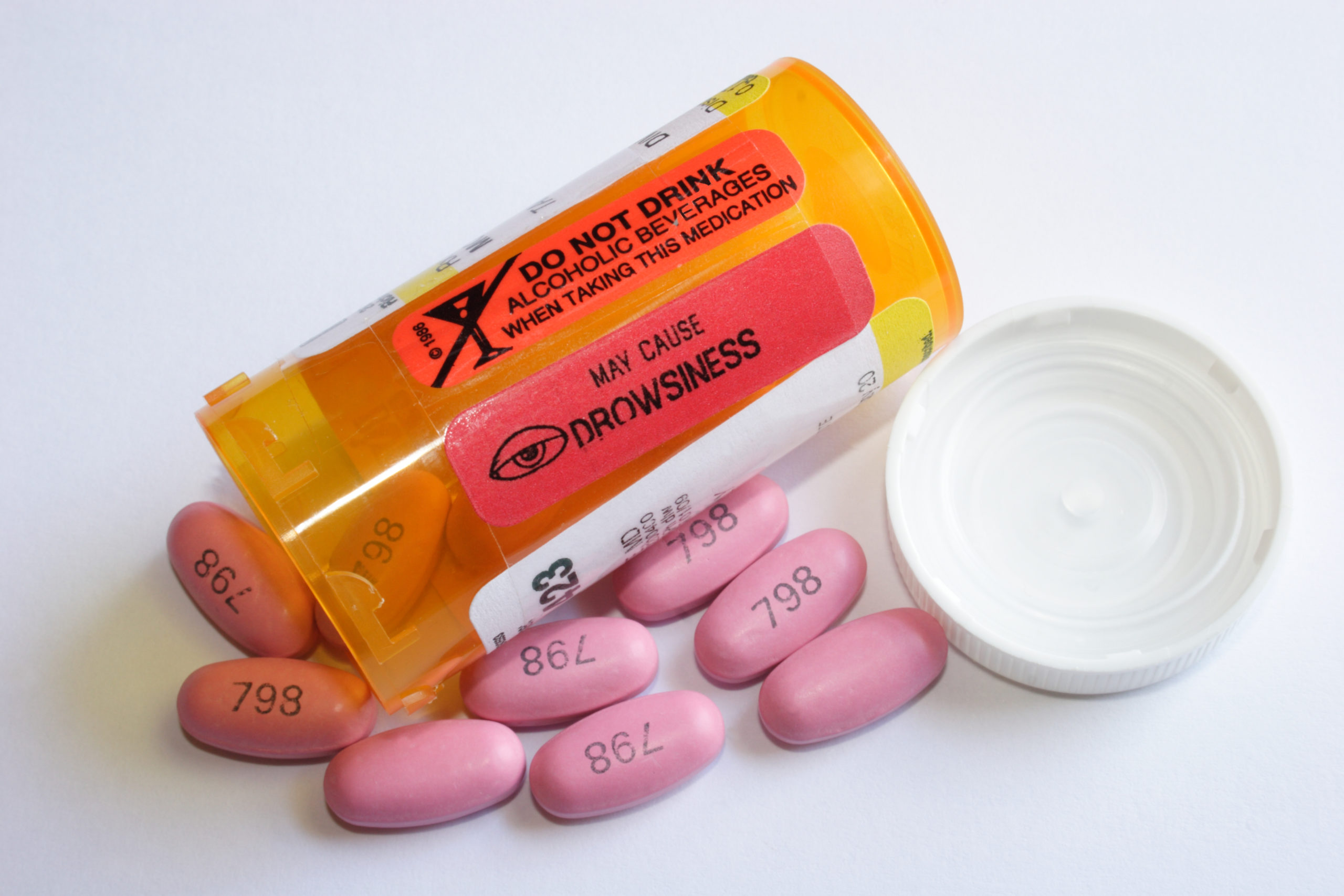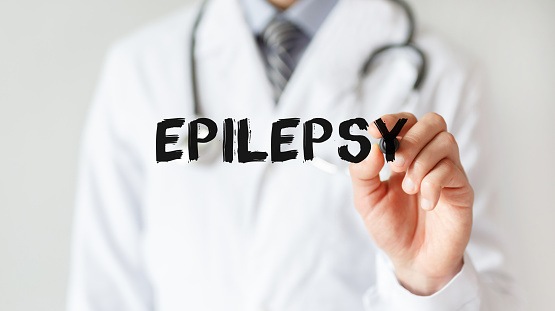
Chromosome 15q duplication (Dup15q) syndrome and cyclin-dependent kinase-like 5 deficiency disorder (CDD) are both rare neurodevelopmental disorders without specifically approved treatment options.
In the phase 2 ARCADE pilot study, researchers evaluated adjunct treatment with soticlestat (TAK-935) for managing seizures in these patients.
Their analysis, published in JAMA Network Open, found that soticlestat was associated with reduced frequency of all seizures for both groups.
Notably, soticlestat was associated with decreased motor seizure frequency in patients with CDD, but increased frequency in patients with Dup15q syndrome—which the authors suggested could be due to the older age of the latter cohort.
Seizure Frequency Improves With Soticlestat
Treatment consisted of weight-adjusted soticlestat twice a day with a maximum dose of 300 mg per day. Participants underwent a dose-optimization period followed by a 12-week maintenance period until week 20.
The ARCADE efficacy end points were treatment responses and change from baseline in frequency of motor seizures during the maintenance period, and safety end points included treatment-emergent adverse events (TEAEs).
The final modified-intent-to-treat cohort included 8 patients with Dup15q syndrome and 12 with CDD. The patients were aged 2-55 years and had 3 or more motor seizures in each of the 3 months leading up to screening and baseline.
Notably, during the maintenance period, the Dup15q syndrome group had a median change from baseline in frequency of motor seizures of +11.7%, while the CDD group had a median change of -23.6%. Frequency of all seizures reduced by 23.4% and 30.5% for the Dup15q syndrome and CDD groups, respectively.
Investigators reported common TEAEs included constipation, rash, and seizure, and most were of mild to moderate severity; though 3 patients experienced serious TEAEs that were judged unrelated to soticlestat. No deaths occured.
Overall, the ARCADE researchers summarized that “improvements in CGI-C and Care GI-C scores were observed in both groups of patients, and all patients in this open-label study elected to enroll in the open-label extension study, indicating a perceived benefit of treatment.”
Related: Valproic Acid in Uncontrolled Convulsive Status Epilepticus







 © 2025 Mashup Media, LLC, a Formedics Property. All Rights Reserved.
© 2025 Mashup Media, LLC, a Formedics Property. All Rights Reserved.